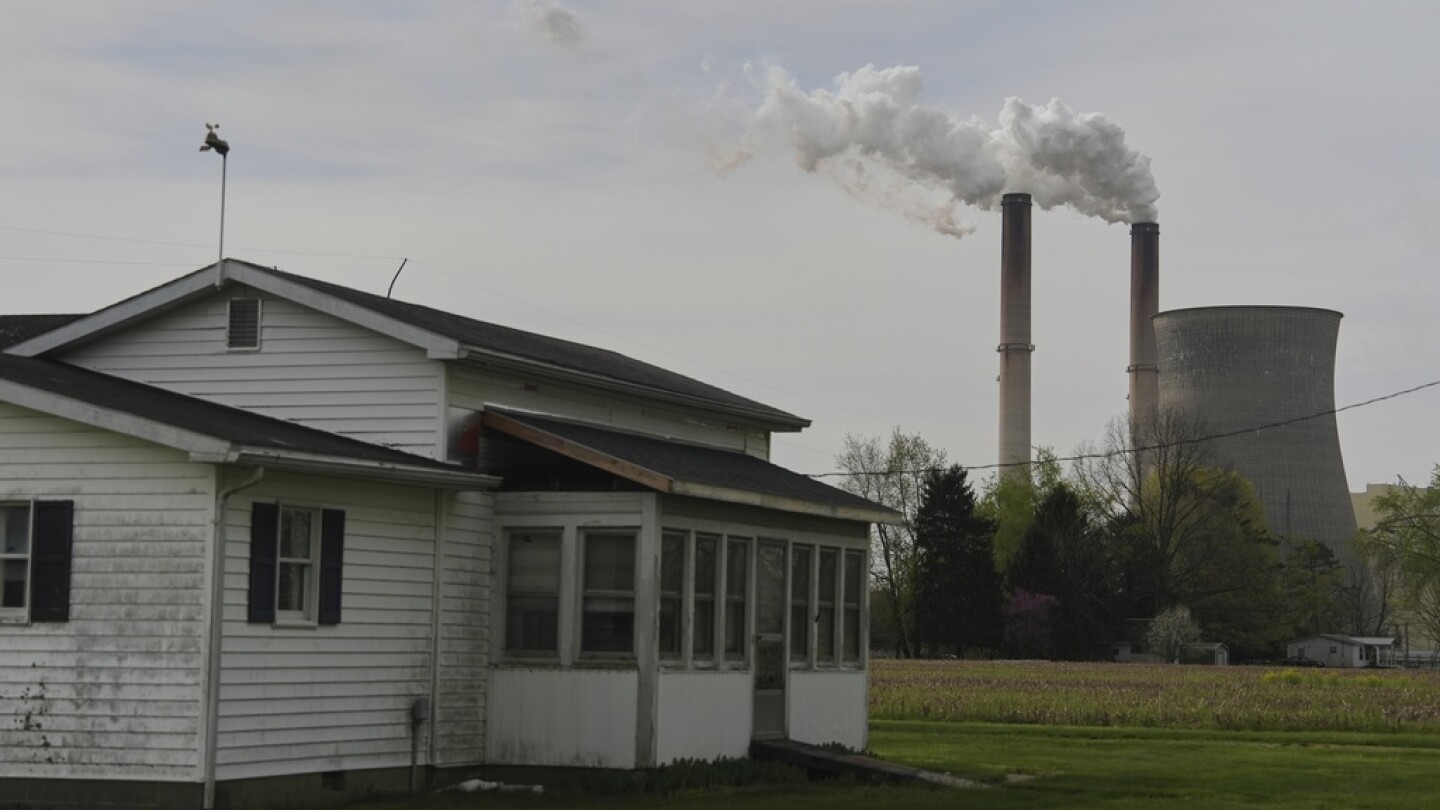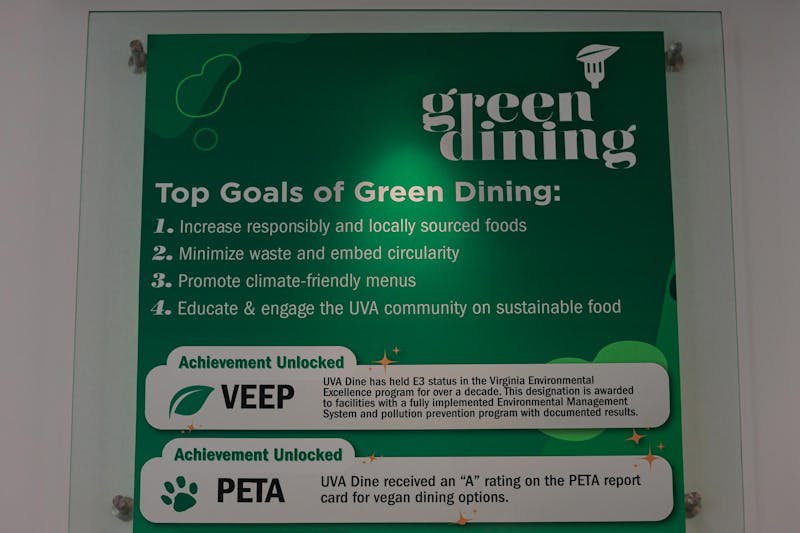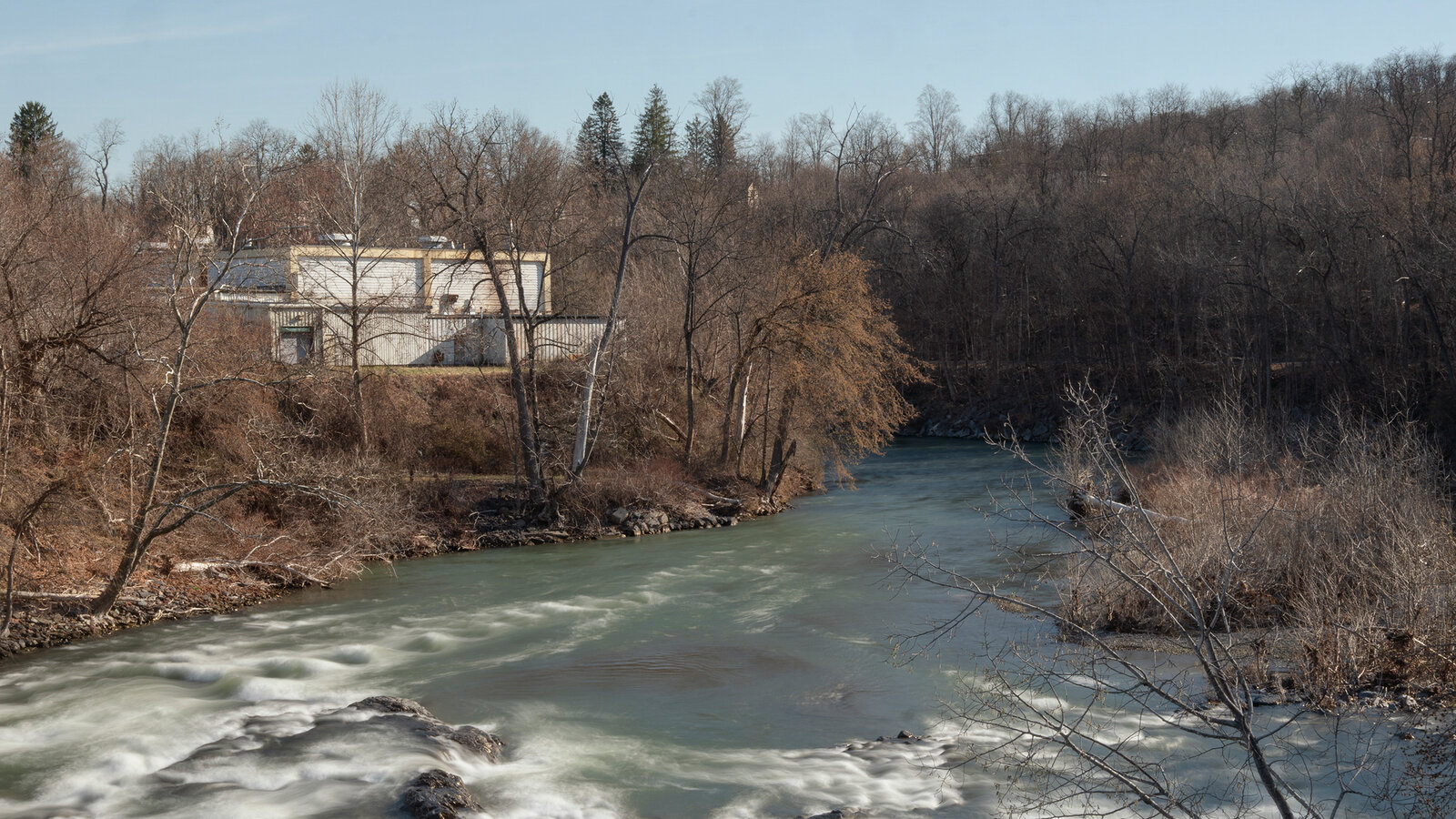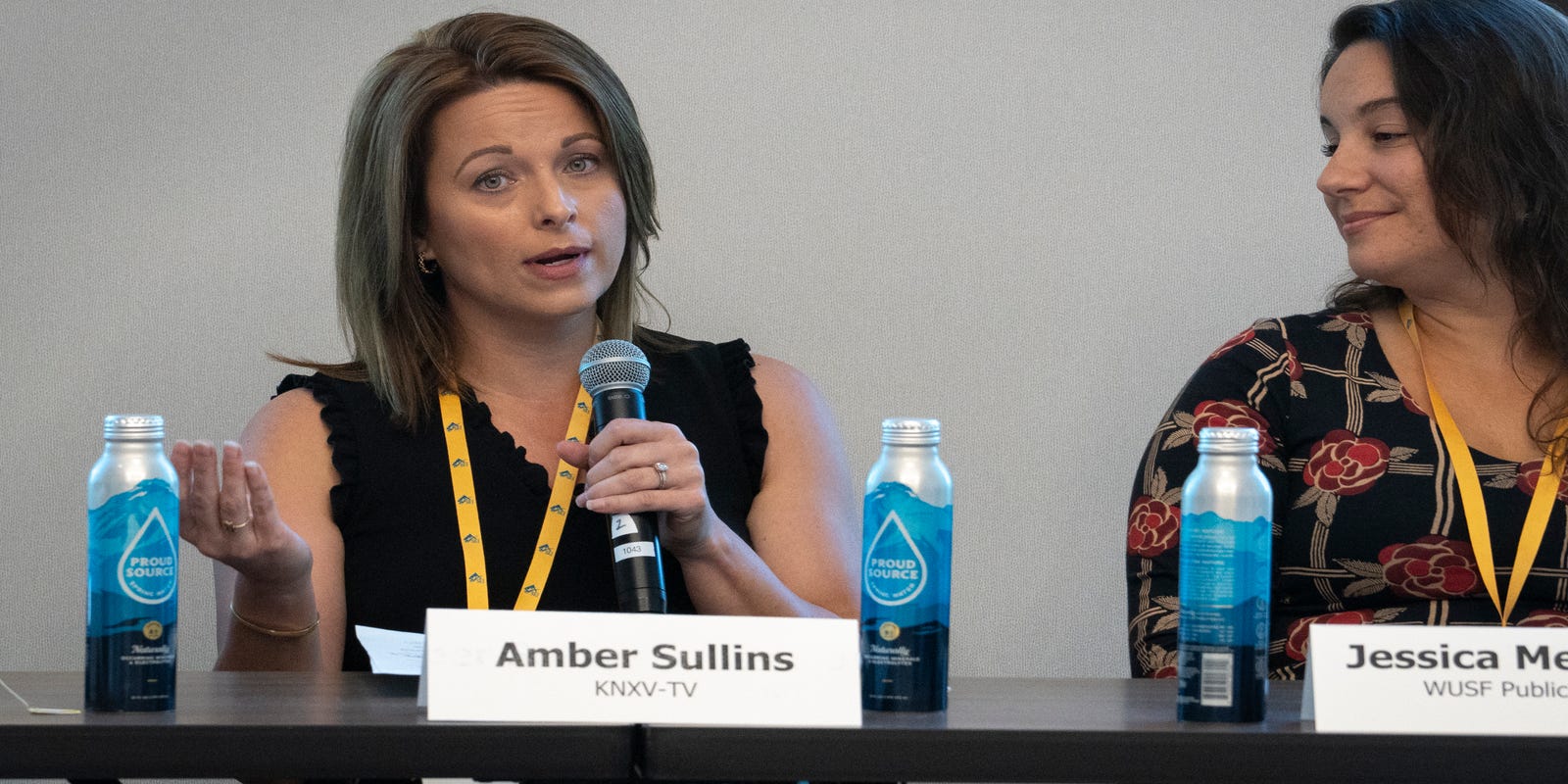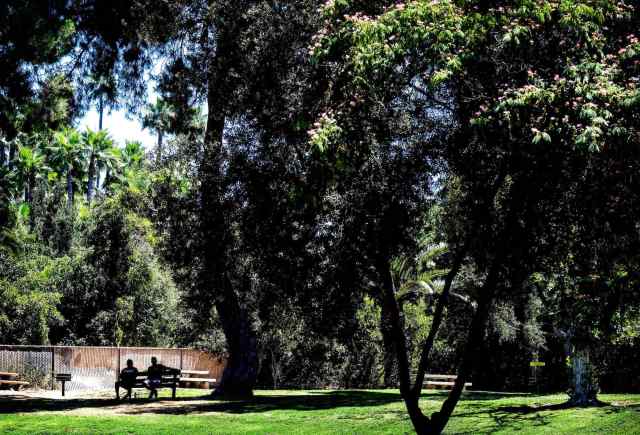
Green Pulpits: Local Religious Leaders Rally for Environmental Stewardship
In a powerful and urgent message, religious leaders from around the world are sounding the alarm about the devastating impacts of environmental degradation and climate change. They emphasize that these global challenges are not distant threats, but immediate crises affecting every living being on our planet. Speaking with one unified voice, these spiritual leaders argue that the time for action is now. The escalating environmental crisis threatens not just human populations, but the entire web of life that sustains our planet. From melting polar ice caps to devastating wildfires, from rising sea levels to extreme weather events, the evidence of ecological disruption is impossible to ignore. Their message transcends religious boundaries, highlighting a shared moral responsibility to protect and preserve our common home. They call for immediate, collaborative action from governments, corporations, and individuals to mitigate climate change and reverse environmental destruction. The leaders stress that this is not merely an environmental issue, but a profound ethical and humanitarian challenge. They argue that our treatment of the planet reflects our respect for life itself, urging a fundamental shift in how we interact with the natural world. As the planet faces unprecedented ecological challenges, these religious voices provide a compelling and urgent call to action, reminding us that the fate of our Earth is in our hands.

